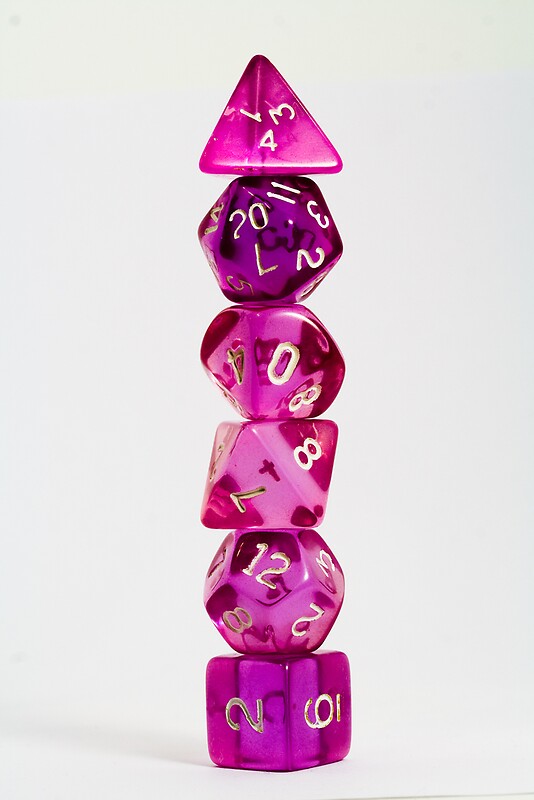Long time no blog! I have shelved my camera for the last 5 years to focus more on establishing the Monachium Belegarth group, first solid one of its kind in Europe. Most of my Sundays went into that, so I couldn't really go out and photograph as much as I wanted. Now Monachium is established and other members are doing most of the day-to-day running, so I will have some more spare tome to myself. This allows me to turn back to one of my other main hobbies, camerawork.
My in-laws were visiting this week, and today we went to the Lenbachhaus museum. While a lot of their main art, the Blaue Reiter school, is not so much my thing, they happened to have a flock of 19th century artists out on exhibit, and there was some nice stuff. The landscape painters of that time - while obviously romanticizing nature - did some lovely things with composition and light that is very much like what I want to get out of my photography. Here three photos that I particularly enjoyed.
 | ||
| Domenico Quaglio: Die Vautsburg am Mittelrhein Creditline: Städtische Galerie im Lenbachhaus und Kunstbau München |
 |
| Johan Friedrich Hennings: Studie vom Königssee Creditline: Städtische Galerie im Lenbachhaus und Kunstbau München |
 |
| Johan Friedrich Hennings: Studie vom Königssee Creditline: Städtische Galerie im Lenbachhaus und Kunstbau München Edited: Darkened to match how I remember seeing it. |
 |
| Anton Zwengauer: Herbstmorgen Creditline: Städtische Galerie im Lenbachhaus und Kunstbau München |
Take-aways: Negative space is a big deal. Simple tones avoid confusion and distraction. Low-key can be super effective. Landscape paintings can make for really good inspiration (in fact, I got their book of their landscape paintings for this purpose). And mainly, I need to get out there and find these views.
Thanks to the Lenbachhaus for giving me permission to using the digital versions of the pictures in this post.





